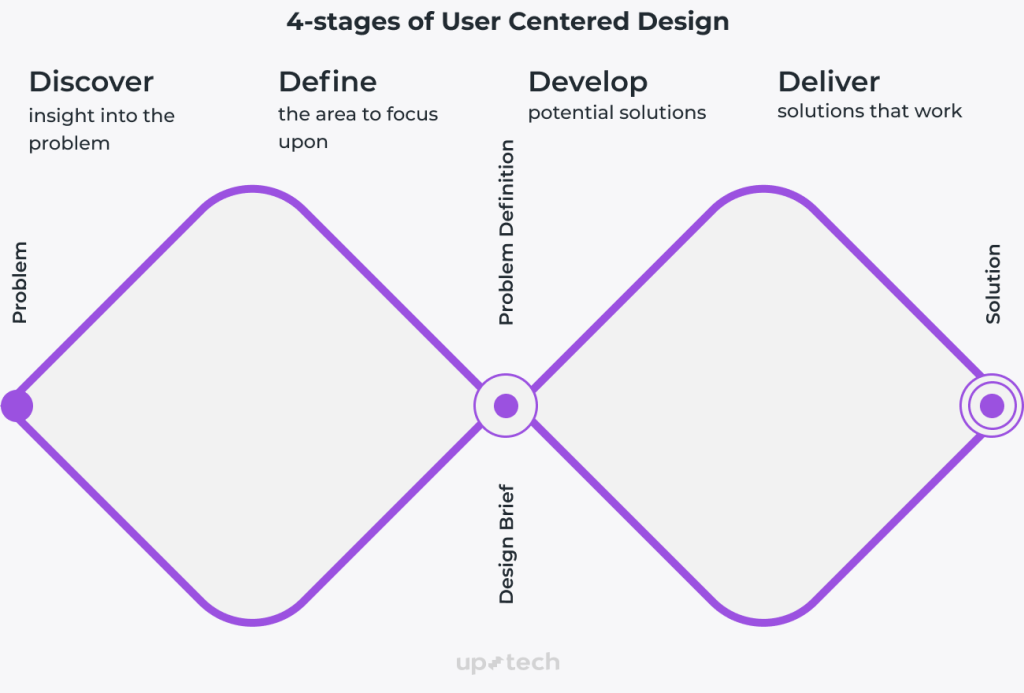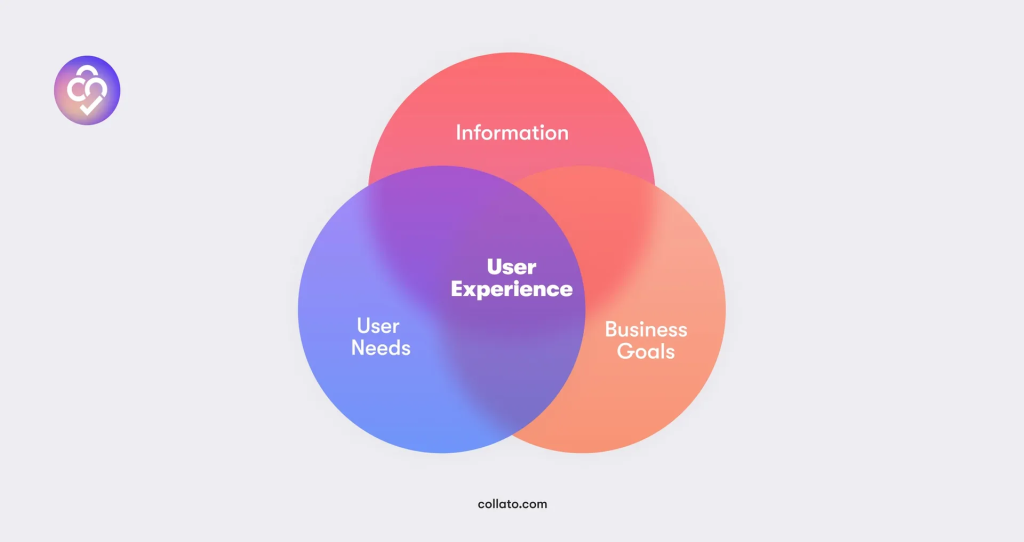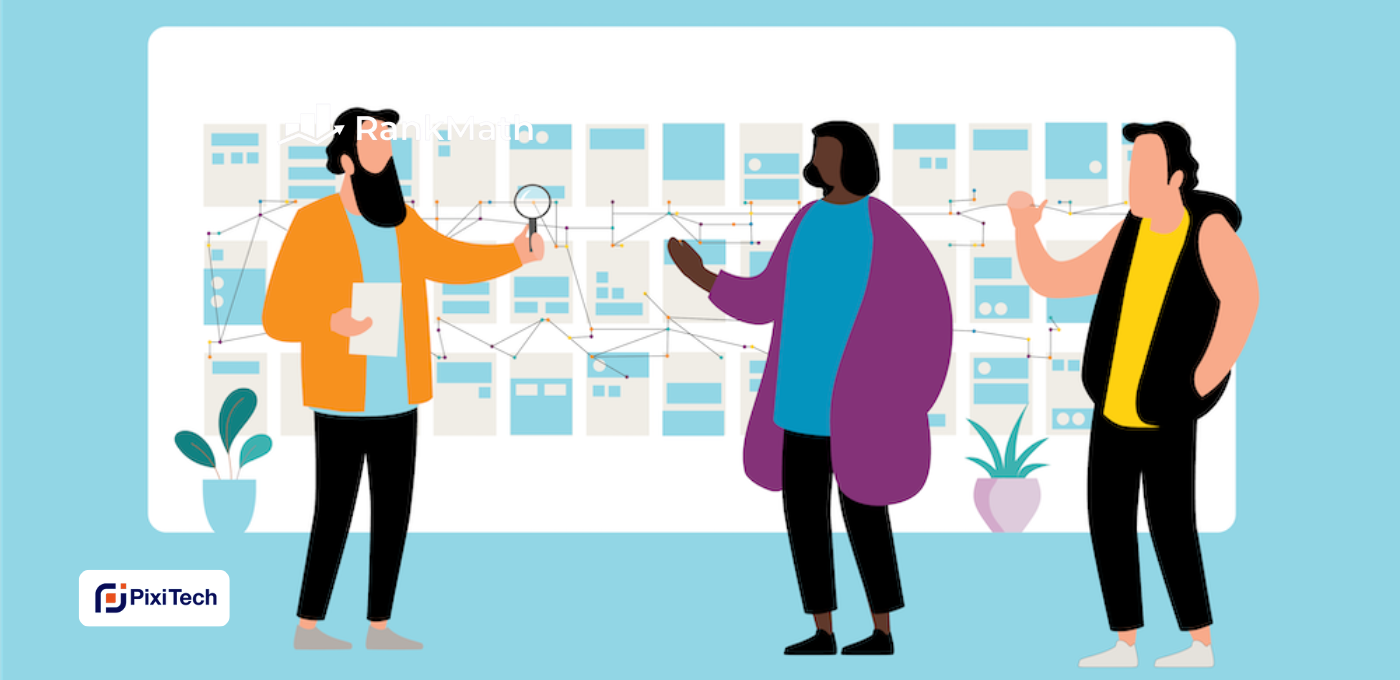Hey there, tech-savvy folks! You know what's cooler than a sleek, shiny gadget or a cutting-edge app? A product that's designed with you in mind, where user experience reigns supreme. That's right, we're talking about the magic of user-centric design in product development.
What's the Buzz About User-Centric Design?
So, what exactly is this user-centric design (UCD) thingamajig? Well, it's all about putting the user front and center in the product development process. Imagine a car designed with the driver's comfort and convenience as the top priority. Now, apply that concept to websites, apps, gadgets, and pretty much anything else you can think of. It's not just about making things look pretty; it's about making them work beautifully for you.

At its core, UCD revolves around shifting your perspective to align with that of your users, ultimately crafting exceptional products and experiences. By setting aside personal biases and prioritizing the user's needs, you pave the way for the development of a product that hits all the right notes.
- Empathy: Central to UCD is the cultivation of empathy. It entails looking at things through the lens of your users, allowing you to create captivating products and experiences. Embracing the user-centered approach means shelving your own preferences and consistently focusing on addressing the user's requirements and desires throughout the design journey.
- User Involvement: Another crucial facet is user involvement. When adopting a user-centered design process, users become active participants from project inception to its completion. Involving users right from the start proves invaluable for establishing clear requirements and harnessing their invaluable feedback to evaluate and refine designs. This proactive engagement not only saves precious time and resources but also mitigates the need for extensive design overhauls later in the project.
- Alignment of Requirements: Designers adhering to the UCD approach strive to harmonize the needs of the business with those of the end users. Achieving this alignment can be a delicate balancing act, as these two sets of requirements may not always naturally coincide.
- Regular Feedback: To keep the design process on track, designers continuously gather feedback from users at every stage. This feedback, ranging from qualitative insights to quantitative data, serves as a vital compass, ensuring that each design decision aligns seamlessly with user needs and expectations.
- Iteration: Even with an ongoing stream of user input, perfection is elusive from the outset. This is where the iterative nature of user-centered design comes into play. Design teams consistently strive to enhance the user experience, acknowledging that refinement is an essential part of the journey. For instance, during the prototyping phase, discoveries may emerge that necessitate revisiting preliminary research.
Why Should You Care About User-Centric Design?
You might be wondering, "Why should I care about this? I just want stuff that works!" Fair point, my friend. Here's the deal: when products are built with your needs, preferences, and quirks in mind, they work better, and they work better for you. Think about your favorite app that you can't live without; chances are, it's intuitive, easy to use, and it just gets you. That's the power of user-centric design.

User-centric design isn't just a fancy buzzword; it's a game-changer. Here's how it works its magic:
- Empathy is the Name of the Game: Designers and developers step into your shoes, figuratively speaking. They try to understand your pain points, your desires, and your quirks. It's like having a tech-savvy buddy who really gets you.
- Streamlined and Intuitive: Products become more streamlined and intuitive. You don't need a user manual thicker than a brick; everything just clicks (pun intended).
- Fewer Head-Scratching Moments: Remember those times when you stared at a screen, wondering, "What am I supposed to do here?" User-centric design eliminates those head-scratching moments. It's like having a built-in GPS for your tech adventures.
- Continuous Improvement: It's not a one-and-done deal. User-centric design means ongoing improvement based on user feedback. It's like having your favorite restaurant tweak its menu to serve exactly what you crave.

The Road Ahead
User-centric design is the future of product development. As technology continues to evolve, the winners in the tech world will be those who embrace it. So, the next time you find a product that just feels right, remember that it's probably the result of some dedicated folks who put user experience above all else. It's all about making your tech life easier, more enjoyable, and maybe even a little bit fun.

